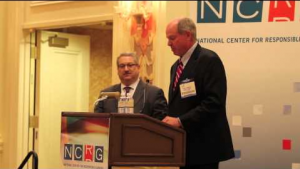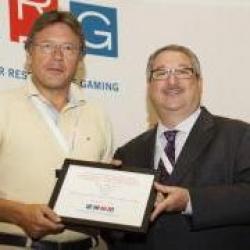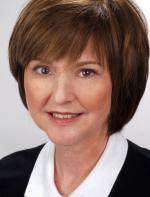
Today, the NCRG is excited toannouncethatKen Winters, Ph.D.,professor of psychiatry and director of the Center for Adolescent Substance Abuse at the University of Minnesota, was named the next chairman of the NCRG’s Scientific Advisory Board (SAB).
Dr. Winters is a leading expert in the study of risky behaviors among youth, including gambling. His research interests include assessment and treatment of adolescent drug abuse and gambling; adolescent brain development and vulnerability to drug abuse; and assessment and treatment of adult problem gambling. He has published numerous research articles in these areas, and has received numerous research grants from the National Institute of Health (NIH) and various foundations. Dr. Winters was honored by the NCRG with the Scientific Achievement Award in 2005 for his work on gambling disorders.
Dr. Winters serves on the editorial boards of theJournal of Child and Adolescent Substance Abuse,Psychology of Addictive Behaviorsand theJournal of Substance Abuse Treatment. He was also the lead editor for two Treatment Improvement Protocol Series editions published by the Center for Substance Abuse Treatment (SAMHSA) that focused on adolescent drug abuse assessment and treatment. Dr. Winters is a consultant to many organizations, including the Hazelden Foundation, National Institute on Drug Abuse, Center for Substance Abuse Treatment, the Partnership at Drugfree.org, the World Health Organization and the Mentor Foundation (an international drug abuse prevention organization).
Dr. Winters replacesLinda B. Cottler, Ph.D., M.P.H.,associate dean for research and planning in the College of Public Health and Health Professions and Dean’s Professor and Chair for the department of epidemiology in the Colleges of Medicine and Public Health and Health Professions at the University of Florida, who will remain as a member of the SAB.
Theeight-member panelof leading, independent scientists plays a vital role by ensuring that the organization follows rigorous standards inawarding grants, monitoring the work of theNCRG Centers of Excellence in Gambling Researchand advising the NCRG on funding initiatives and educational activities.
Commenting on his new position, Dr. Winters said:
“I am honored to accept this expanded role on the NCRG’s SAB. On behalf of the entire board, we thank Dr. Cottler for her leadership and guidance for the past four years and we look forward to her continued contribution to the board.”
The NCRG also announced today that three new members were added to the SAB:
- David Hodgins, Ph.D., professor of psychology in the department of psychology and institute node coordinator for the University of Calgary, Alberta Gaming Research Institute;
- Gloria M. Miele, Ph.D., instructor at the Columbia University College of Physicians and Surgeons, and principal at Optimal Development Coaching; and
- Wendy Slutske, Ph.D., professor in the department of psychological sciences at the University of Missouri-Columbia.
Stay tuned for a blog post later this week about these new additions to the board.
NCRG staffICRG NewsDr. Ken WintersDr. Linda CottlerScientific Advisory Board









